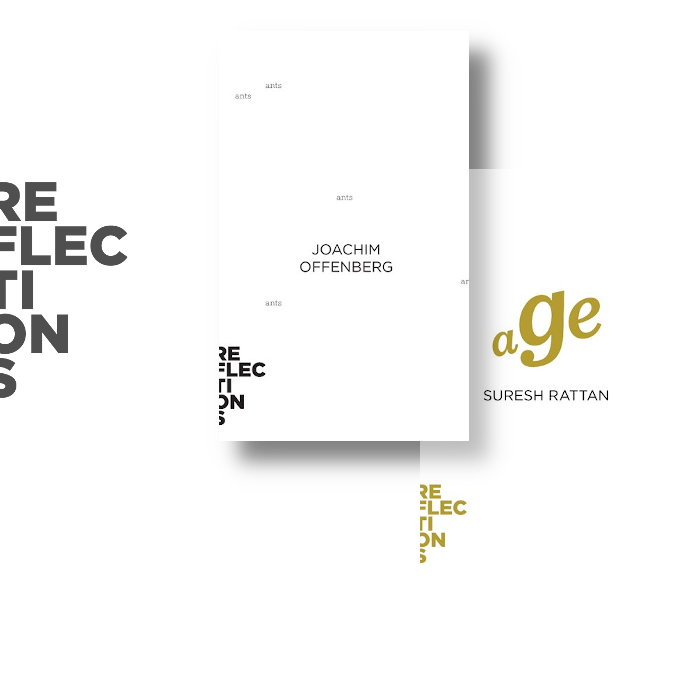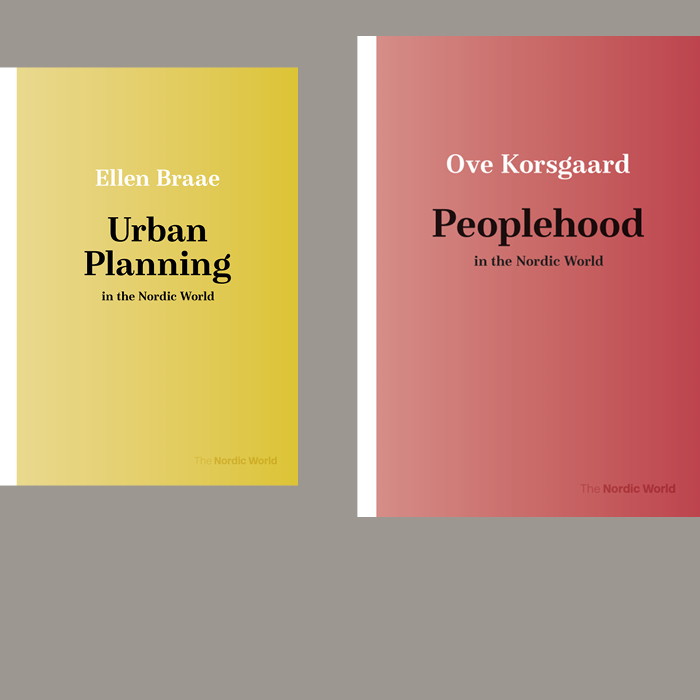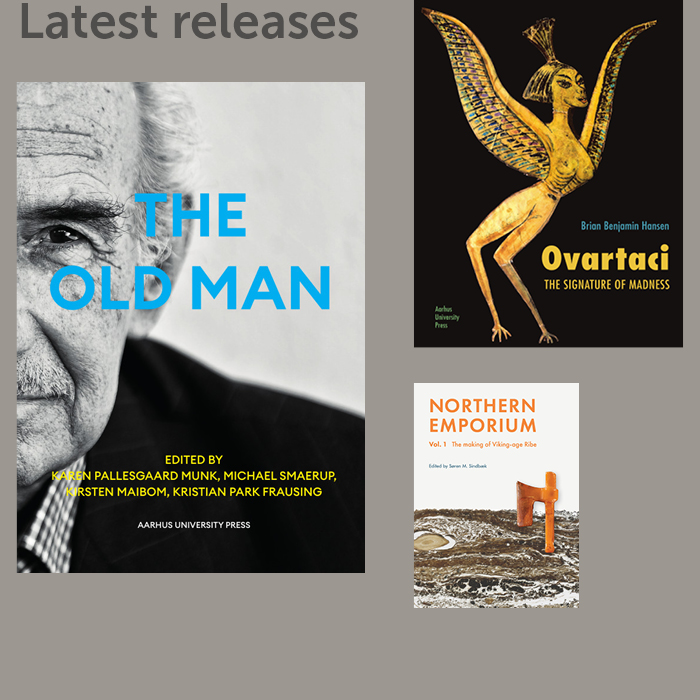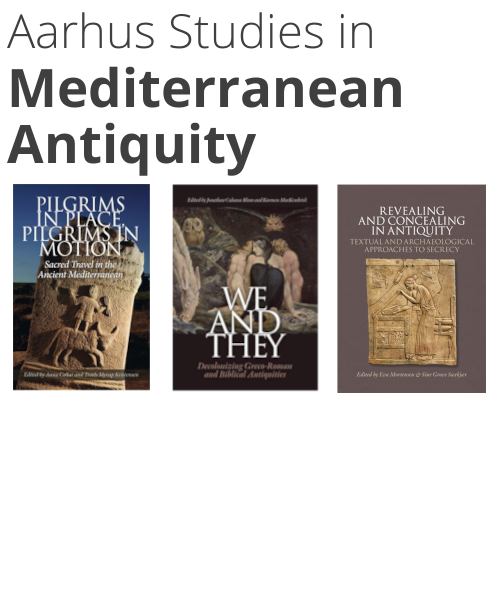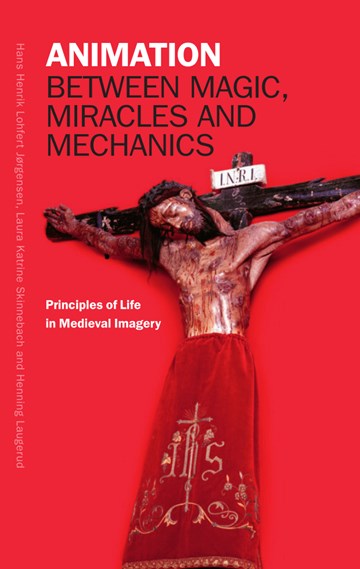
Animation between Magic, Miracles and Mechanics
Principles of Life in Medieval Imagery
A part of the subject areas Art, Philosophy, History and Cultural studies
More about the book
About the book
When it comes to images, we are all animists. Deep down, we all know that images can – at least potentially – be alive or come to life. Nowadays, we may tend to rationalize our ingrained animism and explain it away as a mere projection only happening in the space between image and viewer. In the Middle Ages, however, imagery made enthusiastic use of magical, miraculous and mechanical means of animation, empowered and ensouled by both natural and supernatural principles of life. This animist book investigates magic, miracles and mechanics as motors of animation and seeks to understand the living image in solidarity with medieval experience rather than dismissive alienation of it.
Effigies did bleed, weep or lactate, either through divine intervention or through hydraulic machinery. Statues did move or speak, either as demonic oracles or as talking heads with implanted speaking tubes. Marvels made by magic or by miracles were real, as real as the wonders of physical mechanics moving bodily matter. We just need to look and listen more carefully to comprehend these fluid realities, even when – especially when – they challenge our received worldview. Animation was by no means uncontested or uncontradicted, but even its stiffest critics knew that gods and demons could intervene in inanimate matter to set it in motion, to speak in tongues and exude the liquids of life.
For purchases outside of Denmark:
If you are located in the USA or Canada, please contact our US distributor, Longleaf Services, at orders@longleafservices.org or +1 919-503-6590.
For purchases in all other countries, you can find the title through our global distributor, The Mare Nostrum Group, here: https://mngbookshop.co.uk
Table of contents
Excerpt
Press reviews
Hans Henrik Lohfert Jørgensen, Laura Katrine Skinnebach og Henning Laugerud, Periskop
"... for alle, der beskæftiger sig med middelalderen og/eller det animerede billede, og den vil egne sig glimrende til en pensumhylde."
